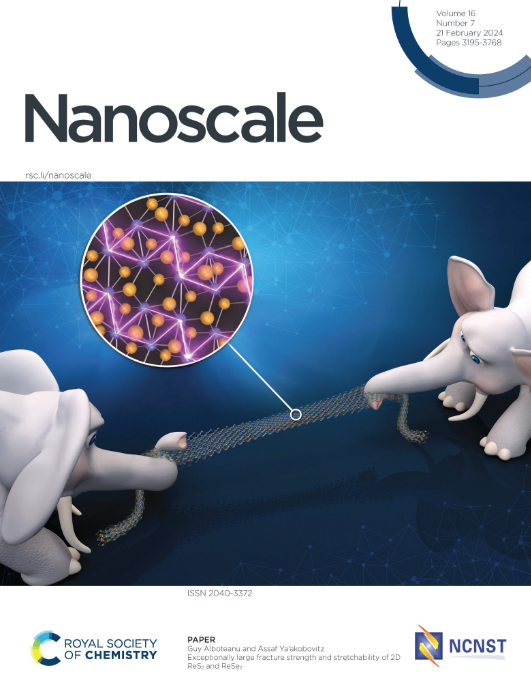Poly[(N-acryloyl glycine)-co-(acrylamide)] induced cell growth inhibition in heparanase driven malignancies
IF 5.8
3区 材料科学
Q1 CHEMISTRY, MULTIDISCIPLINARY
引用次数: 0
Abstract
In the present work, glycine, N-acryloylglycine monomer (NAG), and polymeric units of poly[(N-acryloylglycine)-co-(acrylamide)] p(NAG-co-Ac) are rationalized by density functional theory (DFT) and experimental evidences have been provided for their uses in poor prognostic cancer therapy. Glycine plays a pivotal role in cell survival, and most of the anti-cancer agents alter the glycine metabolomics and suppress cancer cell proliferation. Herein, we have implicated the Frontier Molecular Orbital theory (FMO) and the results revealed that the introduction of acrylamide/divinyl benzene in the glycine based polymer has increased the biological activities by lowering the energy band gap. Furthermore, it is found that heparanase and proteases are important in an invasive tumor progression and worsening the prognosis. In this line, we have synthesized co-polymeric p(NAG-co-Ac) and revealed its protease inhibitory activities. It is revealed that the cross-linked homo-polymeric and cross-linked hetero-polymeric tetrameric arrangements inhibit the heparanase activity via interacting at heparanase binding domain II (HBDII) with dock score of ~-11.08 kcal mol-1 (Ki) and at heparanase binding domain III (HBD III). Bathochromic shifted CD spectral analysis shows that hydrogel interacts with the heparanase and disturbs the secondary protein structure of the synthesized p(NAG-co-Ac) polymer. It is found that the synthesized p(NAG-co-Ac) hydrogel is anti-proliferative and is a migratory inhibitor against the cancer cells and favors the programmed cell death. Further, the p(NAG-co-Ac) hydrogel exhibited anti-angiogenic behavior. In conclusion, p(NAG-co-Ac) with anti-angiogenic and anti-tumorigenic capabilities has made it a future potential anticancer polymer for heparanase-driven invasive malignancies without using any additional anticancer drugs and is paramount for cancer treatment.求助全文
约1分钟内获得全文
求助全文
来源期刊

Nanoscale
CHEMISTRY, MULTIDISCIPLINARY-NANOSCIENCE & NANOTECHNOLOGY
CiteScore
12.10
自引率
3.00%
发文量
1628
审稿时长
1.6 months
期刊介绍:
Nanoscale is a high-impact international journal, publishing high-quality research across nanoscience and nanotechnology. Nanoscale publishes a full mix of research articles on experimental and theoretical work, including reviews, communications, and full papers.Highly interdisciplinary, this journal appeals to scientists, researchers and professionals interested in nanoscience and nanotechnology, quantum materials and quantum technology, including the areas of physics, chemistry, biology, medicine, materials, energy/environment, information technology, detection science, healthcare and drug discovery, and electronics.
 求助内容:
求助内容: 应助结果提醒方式:
应助结果提醒方式:


